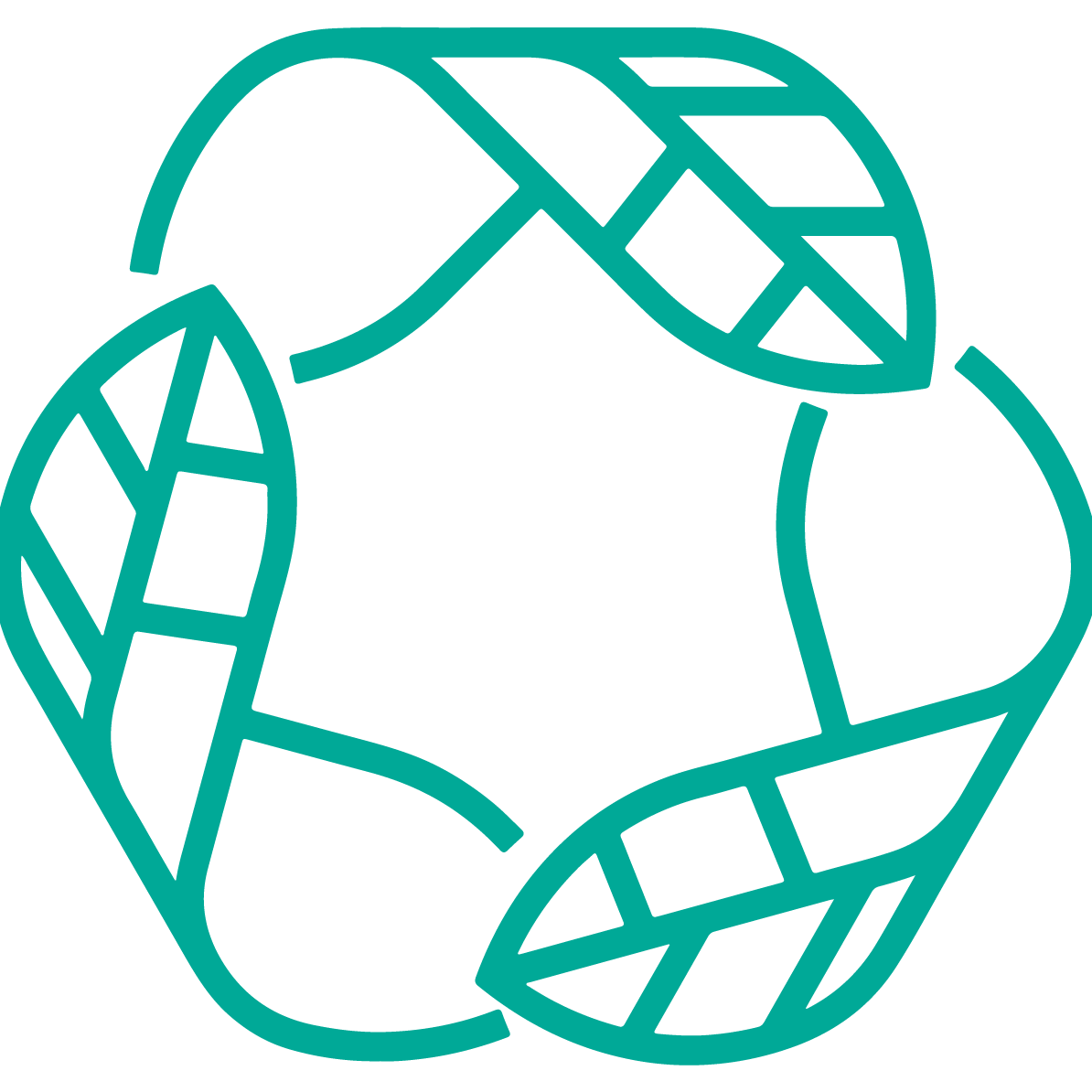Summary
The Model Ward Program is a community-driven waste management initiative that raises awareness and provides training to residential communities, businesses and public institutions to improve solid waste management by changing behaviors towards segregation of waste, organic composting and the use of dustbins.
Background and Objective
The Model Ward Program by Waste Warriors Society operates in Dehradun, a Tier-II city in the lower Himalayan region in the Uttarakhand state of India. The city has a population of over 1.6 million people. The city’s municipal functions are governed by the Dehradun Municipal Corporation. In 2018, the municipal corporation expanded from 60 to 100 wards by including 72 surrounding villages, increasing its jurisdiction from 68 to 187 sq. km. Of these 100 wards, 60 wards have access to basic but irregular waste collection services via a municipal contractor, but the recently added areas do not have access to any form of waste management services, leading to widespread dumping and burning of mixed waste. The city’s designated landfill is also growing at an alarming rate, and it has major environmental concerns as it is situated next to the Asan River, a tributary to the Yamuna, a major river that leads to the capital city New Delhi and onward to the Ganges river. The Model Ward program is a community development initiative aimed at engaging and training residential communities, businesses, institutes, govt. offices, and bulk generators, to boost their levels of SWM awareness and change behaviours towards source segregation of waste, organic composting, and dustbin-use. The approach of the Model Ward Program is to build, operate and demonstrate an effective municipal solid waste management system for one ward as a model for cleanliness and sanitation in Dehradun. The Model Ward Program takes an integrated approach through stakeholder engagement, door-to-door awareness-raising and behavioral change campaigns and showcasing the effectiveness and potential of coordinated community efforts. This approach is needed in order to effectively address the interconnected nature of the challenges in Dehradun’s municipal waste management systems.
Actions and Implementation
The Model Ward program’s implementation process includes: • Community Intervention: the team understands the needs of the ward communities by conducting a pre-survey. They assess the current sources of waste and systems of collection in the ward, and engage the ward councillors to understand their challenges and seek their support. • Direct Awareness Raising and Behavioural Change: This involves using trained community-mobilizers and the support of the ward councillor to organize door-to-door campaigns aimed at raising awareness on effective steps in managing waste. This step also includes bags distribution for collecting recyclable waste. Cluster coordinators are appointed to overlook the functioning and to troubleshoot any SWM issues that arise. They build a cohort of active citizens who will act as community representatives in awareness-building and ensure sustainability of the initiative. It also includes conducting training workshops with the staff at various commercial establishments (super-markets, market complexes, restaurants etc.) on managing waste at their premises. • Collection and Processing of Waste: After the team reaches a minimum number of establishments who will participate, they begin collecting dry waste from these places in the ward. They deploy waste collection vehicles which have one driver, one assistant, and one community mobilizer. They receive a fixed user fee from households and commercial establishments for running these operations. Recyclable waste is processed in the only Material Recovery Facility in the city that is operated by their team of formalized waste workers. • Capacity Building: The team invests in the empowerment of their waste workers, including training them on the methods for safe and efficient waste collection and management. They also integrate the waste pickers of that area by training them on safe working practices and providing them with the best rates for the waste they collect. The source segregation and waste collection is monitored daily by the community mobilizers who travel with the waste collection vehicles and engage residents who give their waste. If there are individual residents or lanes where the rate of segregation or collection is low, the mobilizers spend additional time and energy to talk to residents there to understand their challenges.
Outcomes and Impacts
In the financial year 2019 to 2020, the Model Ward Program covered 1,500 households in one ward of Dehradun, providing 50 awareness-raising and training sessions. In 2020 to 2021, the program has expanded to a new area together with five trained community mobilizers conducting door-to-door awareness-raising on source segregation of waste. This level of repeated personal engagement played a major role in the program’s success, allowing the mobilizers and active residents to build trust with the community and neighborhoods. The program is operating three waste collection vehicles that are collecting solid waste from more than 1,200 households, with more households being added every week. In the areas where the program is active, 94% of households participate in the waste segregation and collection efforts, reducing waste dumping and burning from 27% to 5%. This initiative also looks at engaging, integrating, and formalizing informal waste workers, especially women waste pickers, in the area and in the city. 67 local waste pickers have been provided with support not only in the form of better rates for their recyclable waste but also in the form of training sessions on government social security schemes, livelihood development and financial literacy. This program can facilitate long-term positive environmental impact by inculcating the practice of source segregation, segregated waste collection, and material recovery, all of which contributes to lowering the amount of mixed waste and the amount of recyclables going to landfills.
Sustainability and Scalability
This model is affordable, feasible, and effective at ward levels as compared to government spending for similar initiatives. The program can be scaled up to be replicated in many if not all city wards to develop them into models for cleanliness. By partnering with multiple CSR, EPR, and government entities to replicate this program in multiple wards, such programs can cover the initial large capex and have opex covered through user-fees. This program has the potential to be profitable if there is revenue generated per establishment from user-fee collection, sale of organic compost and sale of recyclable waste to certified recyclers. This initiative is best suited for areas that do not have any access to municipal waste management services but the key lesson is that it is very important to have alignment with the municipal bodies who should be willing to support the capital costs such as building infrastructure and transportation as well as the authorizations required for such work.
Gender and Social Inclusivity
Our project addresses the UN SDG targets 5.4 and 5.5 through an integrated approach to solving the problems of the waste management system and an inclusive approach to addressing the challenges faced by informal waste workers who are predominantly women. By its nature, the work that they do is not contractual or paid, they earn daily income based on what they collect and sell. Infrastructure collaborations with municipalities to build material recovery facilities as dignified work spaces will allow the waste system to recognize their value towards waste management as a public service. Their destigmatization and livelihood development is a shared responsibility, individually and at the levels of local governments and civil society. Through this Model Ward program, women workers are being uplifted to increase daily incomes, be upskilled, and access opportunities to become involved in the waste management ecosystem through a socio economic and political lens.
Innovative Initiative
The Model Ward Program by Waste Warriors involves and includes multiple municipal stakeholders and local beneficiaries in Dehradun city. 1. Public Beneficiaries including Residents, Businesses, and Schools are engaged to improve source segregation and doorstep collection is provided to mitigate community dumpsites which reduces risks to health, sanitation, and disease-spreading vectors, and reduces burden of mixed waste in overflowing municipal landfills. Training local youth as community mobilizers is an innovative approach as they are from those neighborhoods that they are engaging and have a keen sense of the geography and socio-economic conditions and sensitivities of the area. 2. Waste workers and waste value chain actors are formally recognized and integrated to provide them with system-supported opportunities for better livelihood, training, social security, health benefits, safety equipment, and better market rates for segregated recyclables. 3. Government stakeholders are heavily engaged including Municipal Corporation and State Pollution Control Board, to improve the level of trust and support from locals as the objectives align with their own economic and social development goals. This program reduces the burden on municipal waste collection operations, and provides them a feasible model on which to scale up and replicate. This program reduces the environmental pollution caused by littering, dumping, and burning of mixed waste, and reduce the amount of mixed waste going to municipal designated landfills. Overall, the Model Ward program is a pioneering initiative because it is the first of its kind in the city’s history to engage and activate residents and communities and be inclusive of waste workers as well.
Resources devoted to delivery
The one-year budget of the Model Ward Program is around USD 45,000. This budget is primarily to cover direct operations costs of waste collection, as well as human resources for public engagement, awareness campaigns, community mobilizers, waste handling and transportation, and one project assistant and one manager. The program has also received transportation support from the Dehradun Municipal Corporation in the form of three waste collection vehicles. The land for the city’s first Material Recovery Facility that Waste Warriors also operates was also allocated by the Municipality. The gap between the program expenses and the user-fees collection is currently around 80%. Our aim is to work with the municipality to increase the user fees to a minimum of Rs.100/month, to increase the rates of source segregation in order to recover more recyclable material that can be sold to downstream aggregators and recyclers. However, even with these efforts, it is likely that the gap will reduce to around 40%, but once we are able to handover operations to the municipality, our staff wages will transition out of the program, with only a supporting and capacity building role. That is when the municipality will be able to do a close to full cost recovery. The majority of the field work is manual, with the only form of technology intervention being in the form of adopting Google Workspace and Google Apps for data collection, documentation, monitoring and analysis.
Conclusion
The main challenges included delays in receiving permissions from municipal authorities and in mobilizing sufficient manpower to start the programme. Behavioral change cannot be guaranteed and is a long-term process. Despite regular and ongoing awareness-raising efforts and even daily follow-up, in some cases, it requires a great deal of patience to convince some households of the benefits of participating in the programme. Often households are hesitant to pay user fees for waste collection and recognize the waste collection as a service, which causes payment backlogs and increased operational deficiencies.
Region
Asia and the Pacific
Award Scheme
Others
Themes
Waste Management
Start Year
Sustainable Development Goals
Goal 11 - Make cities and human settlements inclusive, safe, resilient and sustainable
New Urban Agenda Commitments

